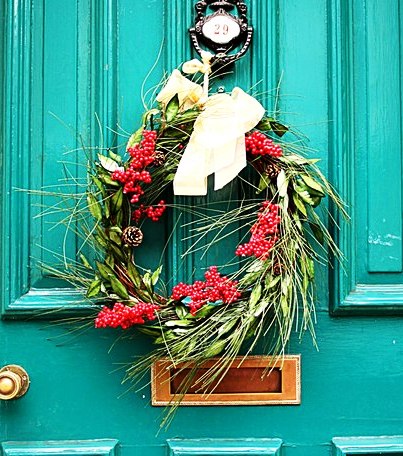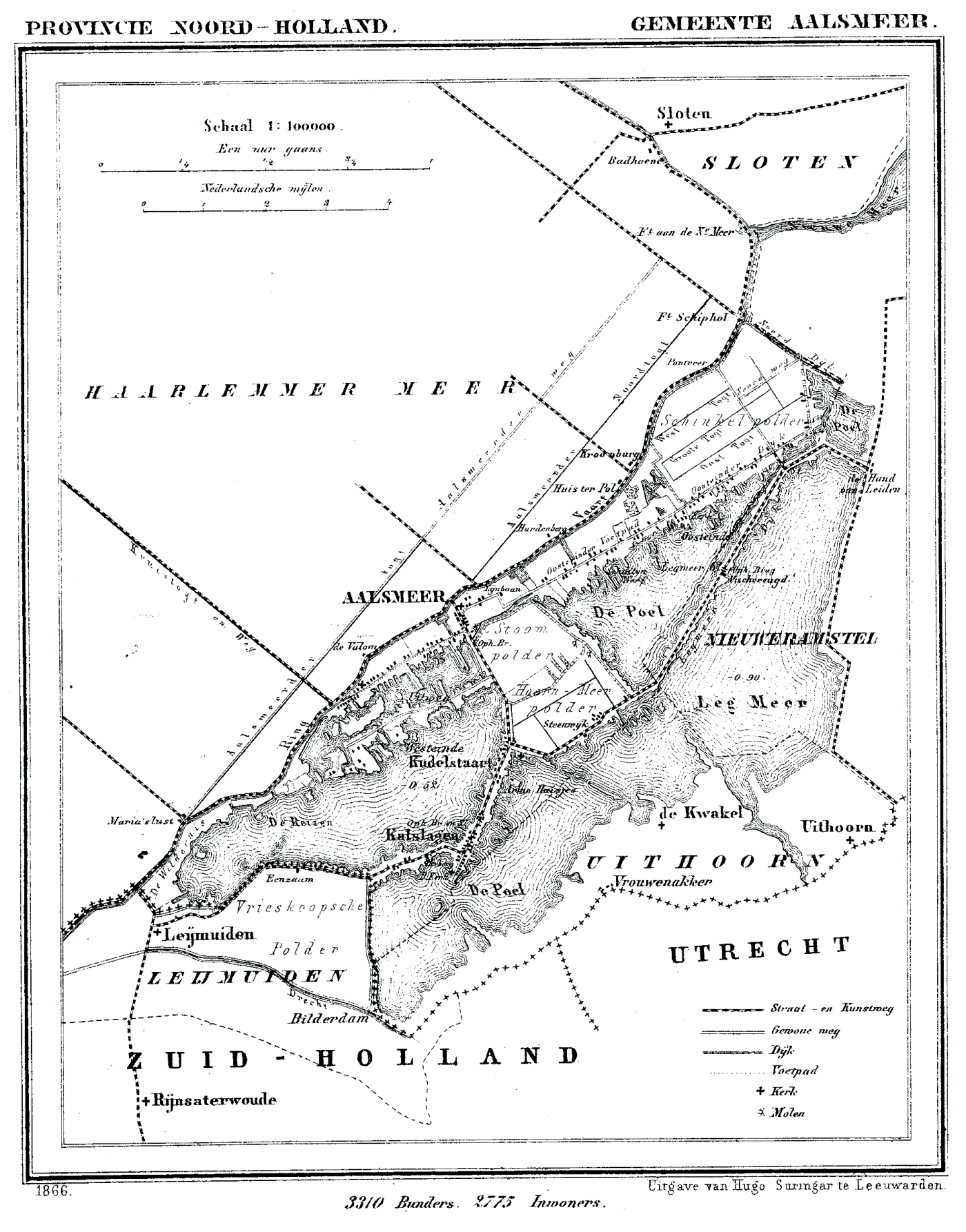|
Floristry
Floristry is the production, commerce, and trade in flowers. It encompasses flower care and handling, floral design, floral design and arrangement, merchandising, production, display and flower delivery. Wholesale florists sell bulk flowers and related supplies to professionals in the trade. Retail florists offer fresh flowers and related products and services to consumers. The first flower shop in the United States opened prior to 1851. Floristry concerns the floriculture, cultivation of flowers as well as their arrangement and sale. Much of the raw material supplied for the floristry trade comes from the cut flowers industry. Florist shops, along with online stores, are the main flower-only outlets, but supermarkets, Garden center, garden supply stores, and filling stations also sell flowers. Floral design or floral arts is the art of creating flower arrangements in vases, bowls, baskets, or other containers, or making Flower bouquet, bouquets and compositions from cut flo ... [...More Info...] [...Related Items...] OR: [Wikipedia] [Google] [Baidu] |
Floral Design
Floral design or flower arrangement is the art of using plant material and flowers to create an eye-catching and balanced composition or display. Evidence of refined floral design is found as far back as the culture of ancient Egypt. Floral designs, called arrangements, incorporate the Floral design#Design, five elements and seven principles of floral design.Book of Floral Terminology, AIFD Floral design is considered a section of floristry. But floral design pertains only to the design and creation of arrangements. It does not include the marketing, merchandising, caring of, growing of, or delivery of flowers. Common flower arrangements in floral design include vase arrangements, wreaths, nosegays, garland (decoration), garlands, festoons, boutonnieres, corsages, and flower bouquet, bouquets. History The Eastern, Western, and European styles have all influenced the commercial floral design industry as it is today. Western design historically is characterized by symmetrical ... [...More Info...] [...Related Items...] OR: [Wikipedia] [Google] [Baidu] |
Corsage
A corsage is a small bouquet of flowers worn on a woman's dress or around her wrist for a formal occasion. They are typically given to her by her date. Today, corsages are most commonly seen at homecomings, proms, and similar formal events. In some countries, similar ornaments are worn by the mothers and grandmothers of the bride and groom at a wedding ceremony.Wedding Glossary Terms Retrieved on April 29, 2009 Flowers worn by men are generally called buttonholes or boutonnières. At school events such as homecoming or prom, male-female couples generally coordinate the corsage and [...More Info...] [...Related Items...] OR: [Wikipedia] [Google] [Baidu] |
Flower Bouquet
A flower bouquet is a collection of Flower, flowers in a creative arrangement. Flower bouquets can be arranged for the decor of homes or public buildings or may be handheld. Several popular shapes and styles classify handheld bouquets, including nosegay, crescent, and cascading bouquets. Flower bouquets are often given for special occasions such as Birthday, birthdays, Anniversary, anniversaries or Funeral, funerals. They are also used extensively in Wedding, weddings and at Olympics, the Olympic Medal Ceremonies. Bouquets arranged in vases or planters for home decor can be placed in traditional or modern styles. According to the culture, symbolism may be attached to the types of flowers used. History The arrangement of flowers for home or building decor has a long history worldwide. The oldest evidence of formal arranging of bouquets in vases comes from ancient Egypt, and depictions of flower arrangements date to the Old Kingdom (~2500 BCE). The sacred lotus, as were herbs, palm ... [...More Info...] [...Related Items...] OR: [Wikipedia] [Google] [Baidu] |
Flowers
Flowers, also known as blooms and blossoms, are the reproductive structures of flowering plants ( angiosperms). Typically, they are structured in four circular levels, called whorls, around the end of a stalk. These whorls include: calyx, modified leaves; corolla, the petals; androecium, the male reproductive unit consisting of stamens and pollen; and gynoecium, the female part, containing style and stigma, which receives the pollen at the tip of the style, and ovary, which contains the ovules. When flowers are arranged in groups, they are known collectively as inflorescences. Floral growth originates at stem tips and is controlled by MADS-box genes. In most plant species flowers are heterosporous, and so can produce sex cells of both sexes. Pollination mediates the transport of pollen to the ovules in the ovaries, to facilitate sexual reproduction. It can occur between different plants, as in cross-pollination, or between flowers on the same plant or even the same flowe ... [...More Info...] [...Related Items...] OR: [Wikipedia] [Google] [Baidu] |
Boutonnière
A boutonnière () or buttonhole (British English) is a floral decoration, typically a single flower or bud, worn on the lapel of a tuxedo or suit jacket. While worn frequently in the past, boutonnières are now usually reserved for special occasions for which formal wear is standard, such as at proms and weddings. (Women who wear jackets on these occasions may also wear boutonnières, but more typically a woman would wear a corsage.) Nowadays, lapel pins are worn more often than flowers on business suits. Traditionally, a boutonnière is worn pushed through the lapel buttonhole (on the left, the same side as a pocket handkerchief) and the stem is held in place with a loop at the back of the lapel. The flower's calyx, if pronounced such as that of a carnation, should be fully inserted into the buttonhole which would secure it tightly and flat against the lapel. Thus the buttonhole should ideally be at least long for there to be enough room to fit a standard-sized flower ... [...More Info...] [...Related Items...] OR: [Wikipedia] [Google] [Baidu] |
Floriculture
Floriculture (from ) is the study of the efficient production of the plants that produce showy, colorful flowers and foliage for human enjoyment in human environments. It is a commercially successful branch of horticulture and agriculture found throughout the world. Efficient production practices have been developed over the years, for the hundreds of plant taxa used in the floral industry, increasing the overall knowledge of whole plant biology. Plant breeding and selection have produced tens of thousands of new genotypes for human use. Overview Flowers are an important part of human society that are often used at times of joy and sadness, and as a part of everyday life. Flowers and plants may be indoors in a sunny window, as part of the landscape in the front yard or on the patio or deck in the back yard. People have been studying flowers and plants and their interaction with humans and how to produce these flowers and plants so all humans can enjoy them. Floriculture scie ... [...More Info...] [...Related Items...] OR: [Wikipedia] [Google] [Baidu] |
Cut Flowers
Cut flowers are flowers and flower buds (often with some Plant stem, stem and leaf) that have been cut from the plant bearing it. It is removed from the plant for decorative use. Cut greens are leaves with or without stems added to the cut flowers for contrast and design purposes. Floral design professionals work at florist shops (floristry) and use their design skills and experience with many types of flowers and greens to create works of art with flowers. Cut flowers, and to a lesser extent, cut greens, are a significant and international segment of the floral industry. The plants that are grown vary by plant species as well as by climate, cultural practices and the accessibility of worldwide transportation. Professional horticulturists raise the plants specifically for this purpose, in field or glasshouse growing conditions. Boxes of harvested flowers are shipped via air freight throughout the world. The study of the efficient production, distribution and marketing of flora ... [...More Info...] [...Related Items...] OR: [Wikipedia] [Google] [Baidu] |
Wreath
A wreath () is an assortment of flowers, leaves, fruits, twigs, or various materials that is constructed to form a ring shape. In English-speaking countries, wreaths are used typically as household ornaments, most commonly as an Advent and Christmas decoration. They are also used in ceremonial events in many cultures around the globe. They can be worn as a chaplet around the head, or as a garland around the neck. Etymology The word ''wreath'' comes from Middle English ''wrethe'' and from Old English ''writha'' 'band'. History Ancient Etruscan wreaths Wreaths were a design used in ancient times in southern Europe. The most well-known are pieces of Etruscan civilization jewelry, made of gold or other precious metals. Symbols from Greek myths often appear in the designs, embossed in precious metal at the ends of the wreath. Ancient Roman writers referred to Etruscan ''corona sutilis'', which were wreaths with their leaves sewn onto a background. These wreaths rese ... [...More Info...] [...Related Items...] OR: [Wikipedia] [Google] [Baidu] |
Naaldwijk
Naaldwijk () is a town in the Dutch province of South Holland. It is a part of the municipality of Westland, and lies about 10 km (6 miles) southwest of The Hague. Naaldwijk lies in the heart of Westland. The largest economic sector is greenhouse horticulture. The largest flower auction site in the world, operated by , can be found in the nearby village of Honselersdijk. Naaldwijk was previously a municipality in its own right, covering an area of 25.33 km2 (9¾ sq. mi.) (of which 0.23 km2; 57 acres water). It included the towns Honselersdijk and Maasdijk. On 1 January 2004 the municipality of Naaldwijk was merged with the neighbouring municipalities De Lier, 's-Gravenzande, Monster A monster is a type of imaginary or fictional creature found in literature, folklore, mythology, fiction and religion. They are very often depicted as dangerous and aggressive, with a strange or grotesque appearance that causes Anxiety, terror ..., and Wateringen to create ... [...More Info...] [...Related Items...] OR: [Wikipedia] [Google] [Baidu] |
Aalsmeer
Aalsmeer () is a municipality and a town in the Netherlands, in the province of North Holland. Its name is derived from the Dutch for eel (''aal'') and lake (''meer''). Aalsmeer is bordered by the Westeinderplassen lake, the largest open water of the Randstad, and the Ringvaart Canal. The town is located 13 km (8 mi) southwest of Amsterdam. The town is sometimes referred to as the flower capital of the world, as the largest flower auction in the world is based in Aalsmeer, along with numerous nurseries and an experimental station for floriculture. Population centres The municipality of Aalsmeer consists of the following cities, towns, and villages: Aalsmeer, Kudelstaart, Oosteinde, as well as the hamlet Calslagen. Geology Aalsmeer is located on the border of the former Haarlem Lake. The older portion of the town is built on peat, and is surrounded by polders. The polders consist of loamy soil and are below sea level. History Aalsmeer is first referenced in a ... [...More Info...] [...Related Items...] OR: [Wikipedia] [Google] [Baidu] |
Chuppah
A ''chuppah'' (, ) is a canopy under which a Judaism, Jewish couple stand during their Jewish wedding, wedding ceremony. It consists of a cloth or sheet, sometimes a tallit, stretched or supported over four poles, or sometimes manually held up by attendants to the ceremony. A chuppah symbolizes the home that the couple will build together. In a more general sense, ''chuppah'' refers to the method by which ''nessuin'', the second stage of a Jewish wedding, is accomplished. According to some opinions, it is accomplished by the couple standing under the canopy along with the rabbi who weds them; however, there are other views., Chapter 18 Customs A traditional chuppah, especially in Orthodox Judaism, recommends that there be open sky exactly above the chuppah, although this is not mandatory among Sephardic communities. If the wedding ceremony is held indoors in a hall, sometimes a special opening is built to be opened during the ceremony. Many Hasidic Judaism, Hasidim prefer t ... [...More Info...] [...Related Items...] OR: [Wikipedia] [Google] [Baidu] |








